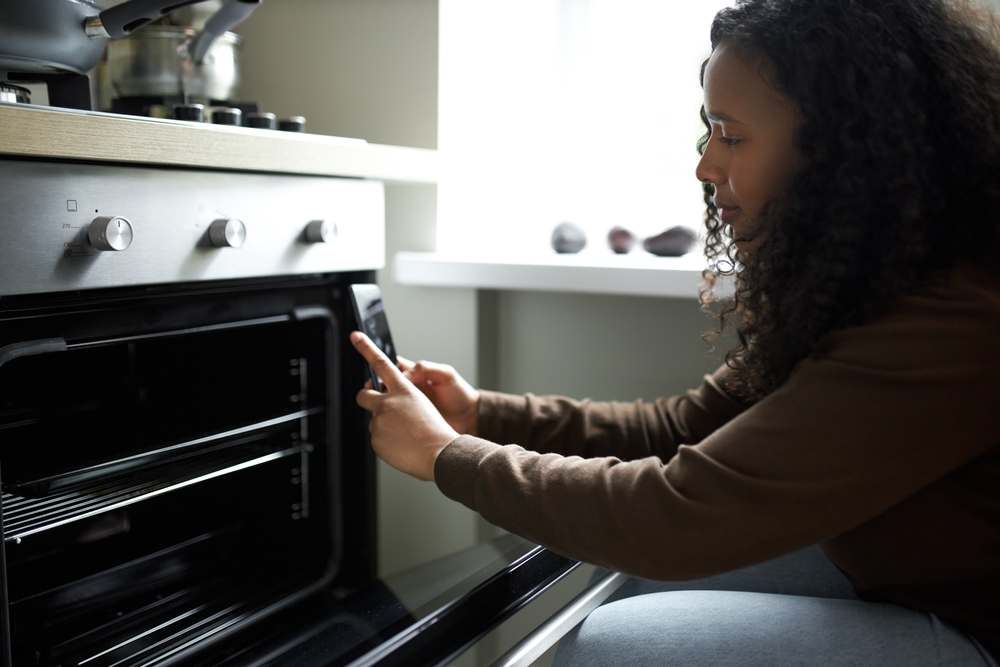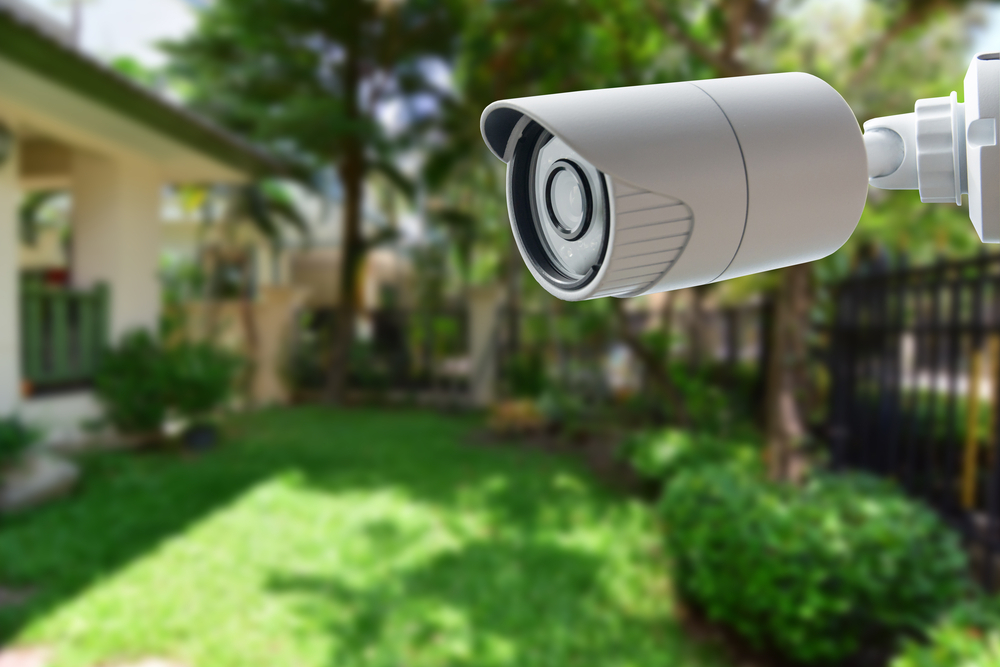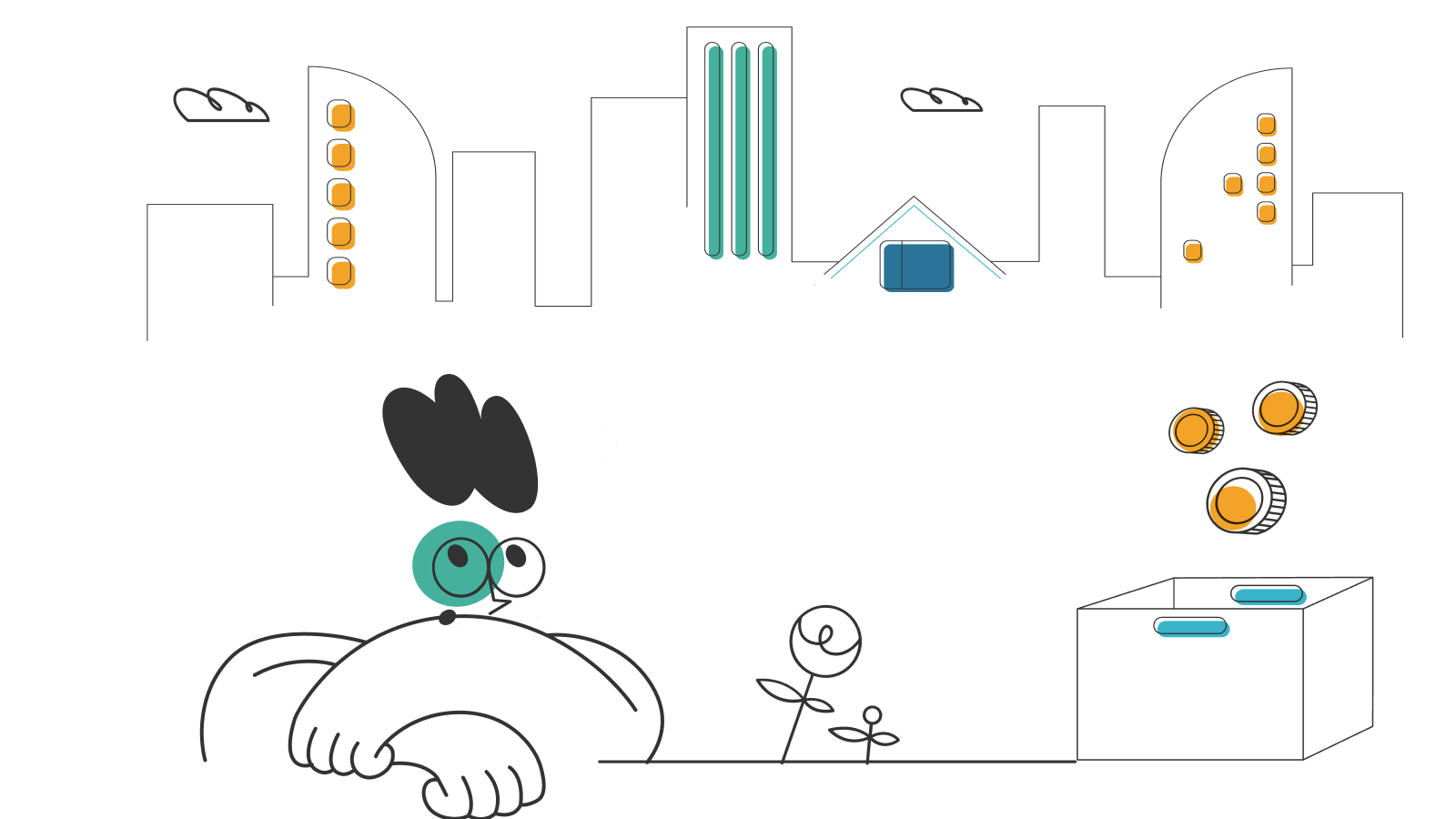Moving With Pets: 7 Tips to Minimize Their Stress

Moving soon? Get organized with our free moving checklist.
There’s a lot to think about when moving into a new home. And if you have pets, there’s an added layer of complexity to the situation. Moving with pets can be stressful for both you and your furry friends, but with adequate preparation and a positive attitude, you’ll be able to keep them safe, happy, and comfortable as you transition into a new home.
Here are seven tips on how you can maintain both your and your pet’s well-being while moving.
1. Get them used to their travel arrangements
If your dog or cat isn’t used to being in the car, traveling to your new home may be one of the most stressful parts of moving for them. To help minimize their stress, start acclimating them to both a crate and the car well in advance.
Start by putting them into a crate for short periods of time, and provide plenty of treats and praise to ensure it’s a positive experience. You can gradually build up the duration of time they spend in the crate, and eventually, have them spend time in your car — again, start slowly with the engine turned off. Once they’re comfortable with that, you can practice turning the engine on, and finally, going for short rides around the block.
If you’re moving long-distance and flying to your destination, you obviously won’t be able to practice going on a plane, but these same exercises can get your pet accustomed to the commotion that sometimes occurs during travel. Alternatively, you may want to hire a pet transportation company to handle the logistics of moving your pet cross-country. In addition to transporting your pet safely, these services will also make sure you’re adhering to the state’s regulations for transporting animals, which can vary widely between regions.
2. Create a safe space for pets while packing
As you start packing up your belongings, your pets will inevitably know something is going on. To ease their nerves as you box up your home, you may want to create a safe space where they can hide. It should be a quiet location with their bed/crate and some of their favorite toys — some pets may even be soothed by a garment or towel with your scent. Not only will this hideaway be a retreat during the packing process, but you can also use it to sequester them on moving day.
3. Talk to your vet
You should always take your pet for a check-up before moving, and if your pet is prone to anxiety, it’s a good idea to seek your veterinarian’s advice on how to make the process as smooth as possible. They’ll be able to give you tips on how to keep your pet calm, and they can also recommend calming supplements, if needed.
4. Keep them away from the action on move-in day
When the big day finally arrives, it’s important to keep your pets separate from the action for both their mental well-being and physical safety. Not only will they likely be stressed by seeing their home emptied out, but they also might get hurt underfoot or slip out the door unnoticed.
If possible, consider having your pet out of the house altogether on moving day, whether you have them boarded or leave them with a trusted friend. In situations where this isn’t possible, you’ll want to sequester them in a quiet space while the bulk of the moving is completed — this is where their “safe space” comes in handy. If you have people helping you move, be sure to tell them where your pet is located. You may also want to put a sign on the door that says, “Cat/dog inside, do not open!”
5. Introduce them to one room at a time
Once you arrive at your new home, recreate your pet’s safe space in a new location, ideally using the same objects. Again, it’s best to keep animals contained in one room while you move everything inside, as this will ensure their safety. Make sure they have plenty of fresh water, and with cats, set up a litter box right away as well.
After the dust has settled, slowly introduce your pet to their new home. Cats often benefit from staying in their “safe space” for a few days, then being gradually introduced to one new room at a time. If your dog is nervous, you can do the same thing with them, but some pups are a bit more adventurous. If this is the case, walk your dog around their new home and yard on a leash to give them the lay of the land, providing lots of praise, attention, and treats.
6. Resume your normal routine ASAP
If there’s one thing animals love, it’s routine. Chances are that your dog wants to be fed and walked at the same time every day, and your cat likes to nap in the same spot each afternoon. The sooner you can get your pets back into their usual schedule, the quicker they’ll adjust to their new home. While it might be tempting to sleep in or skip walks after your move, your pets will benefit from resuming their normal routine right away.
7. Take a few days off to ease the transition
After moving with pets, you should take a few days off work to help them settle into their new digs — after all, your presence is likely a source of comfort for them when they’re nervous! In this time, give them lots of love and affection, playing with their favorite toys and exhibiting positive energy to ensure them the move is a good thing. Soon, they’ll be just as excited as you about their new home.
With the help of these tips, you and your furry friend will be enjoying home sweet home in no time.
Moving soon? Get organized with our free moving checklist.
Internet and TV tips
Switching providers and don’t know where to start? We can help.













